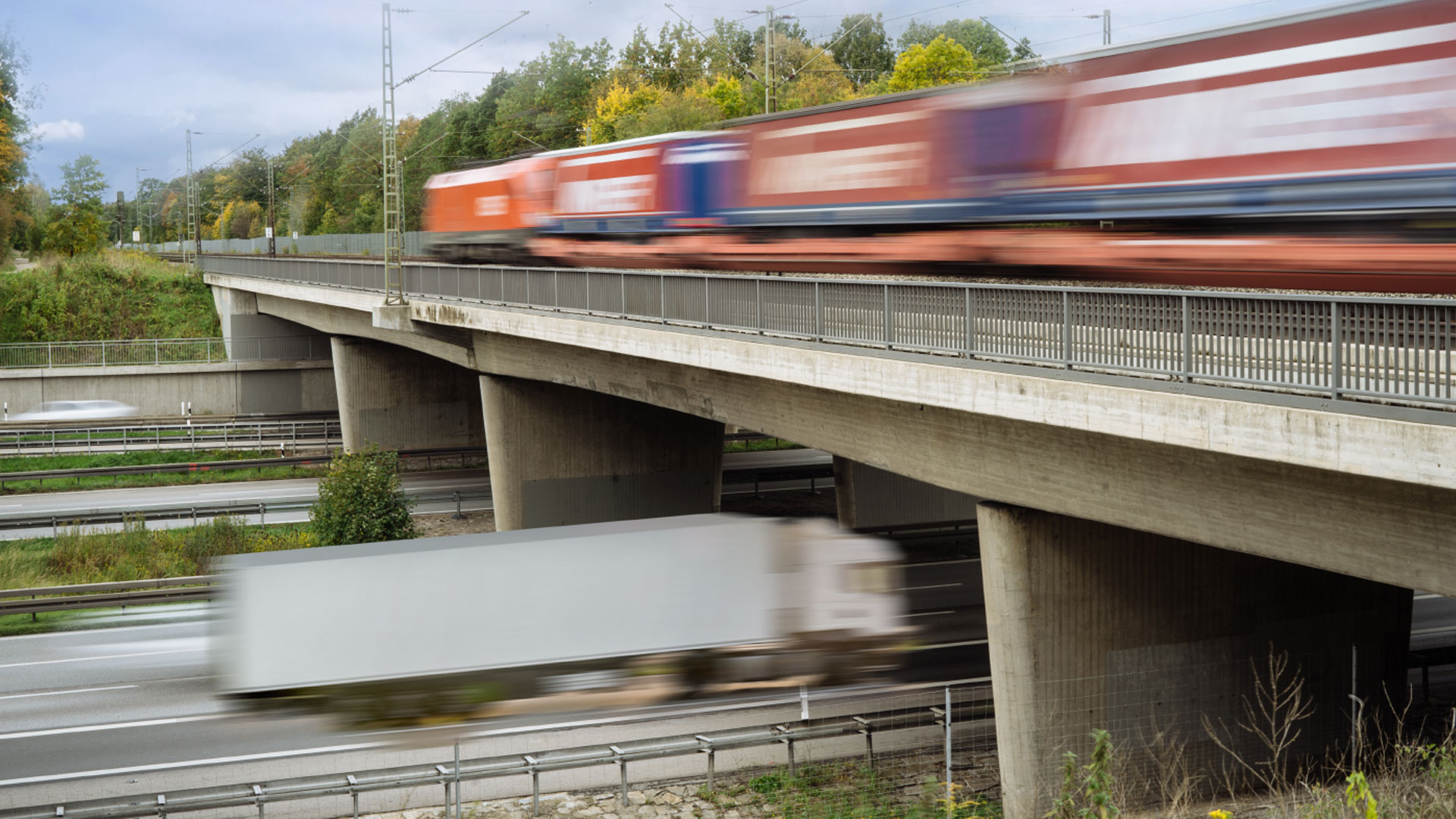Vital arteries for the Port of Hamburg
Whether rail, road or inland waterway – its hinterland services are the lifeblood of the Port of Hamburg.

For a successful port, a recipe for its success are its hinterland services. This also applies to the Port of Hamburg. With the largest rail port in the world, Hamburg not only has an ace up its sleeve – but plays it openly for all to see. More than half the freight to or from the hinterland is transported by rail. Over 200 freight trains daily move across the tracks of Hamburg Port Railway. Rail operators offer almost 2,000 container train services per week. These totals impressively illustrate the scale of demand for the German rail network. The main North-South routes frequently hit their capacity ceilings. Not just German companies, but many from adjacent countries such as Austria, rely on the Port of Hamburg as a logistics hub with the world. A high-performance rail network is required.
Rail freight services are also very successful on the East-West axis. North Rhine- Westphalia, for example, is the second largest market for railborne hinterland services. Many traffic jams on the A1, vast construction sites and an uncertain situation on Rhine water levels, are prompting shippers to transport their products westwards from the Port of Hamburg. Logistics service providers are therefore further expanding their services and departures. Among these is IGS Logistics, now offering several departures to Cologne per week with its partners.
Along with rail, inland waterways are a significant factor for successful hinterland services. Shippers like New Yorker clearly demonstrate how important inland waterway craft can be in an internal supply chain. This fashion group uses this as a carrier to bring containers from the Port of Hamburg to Braunschweig. Other interested companies have been able to transfer their shipments. For this, however, the Federal government must at last realize the potential of the inland waterway and invest in the maintenance and expansion of this valuable resource.